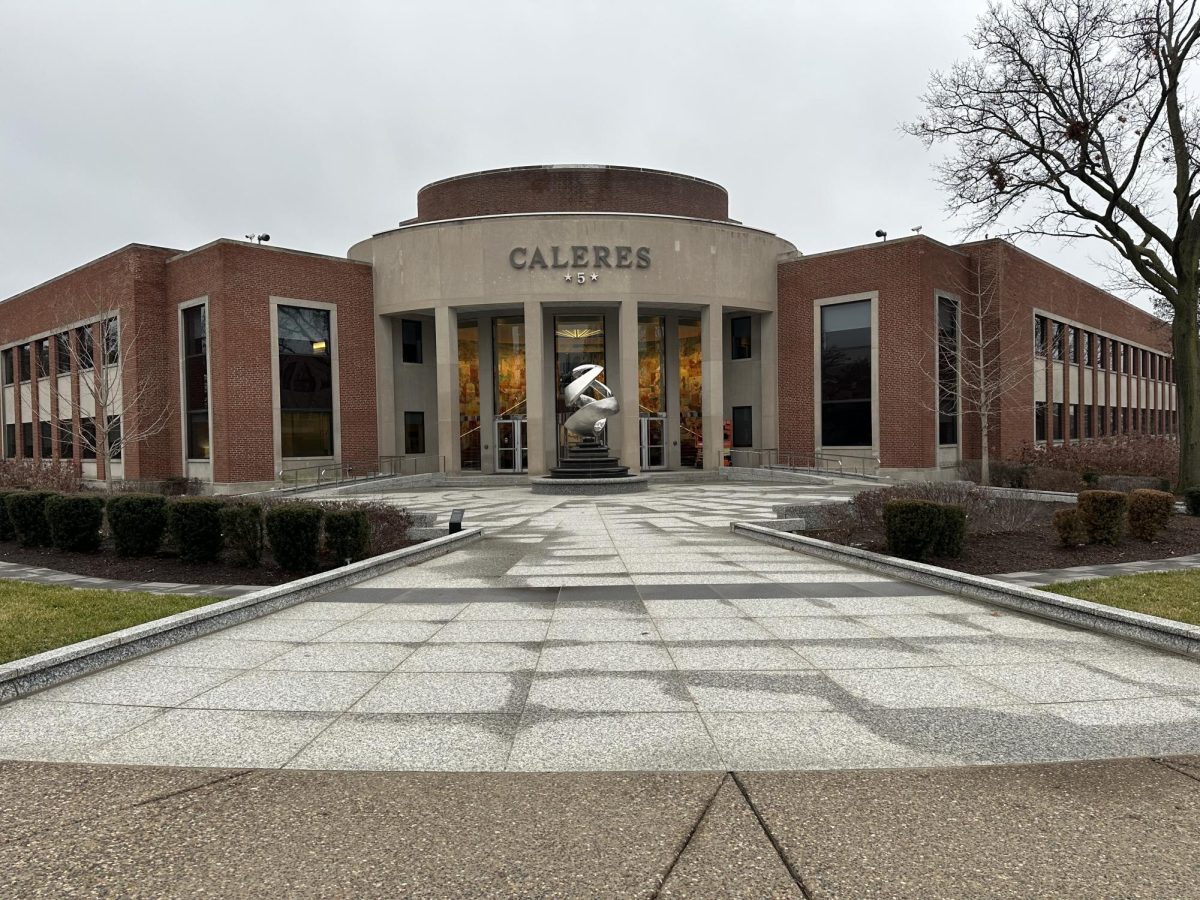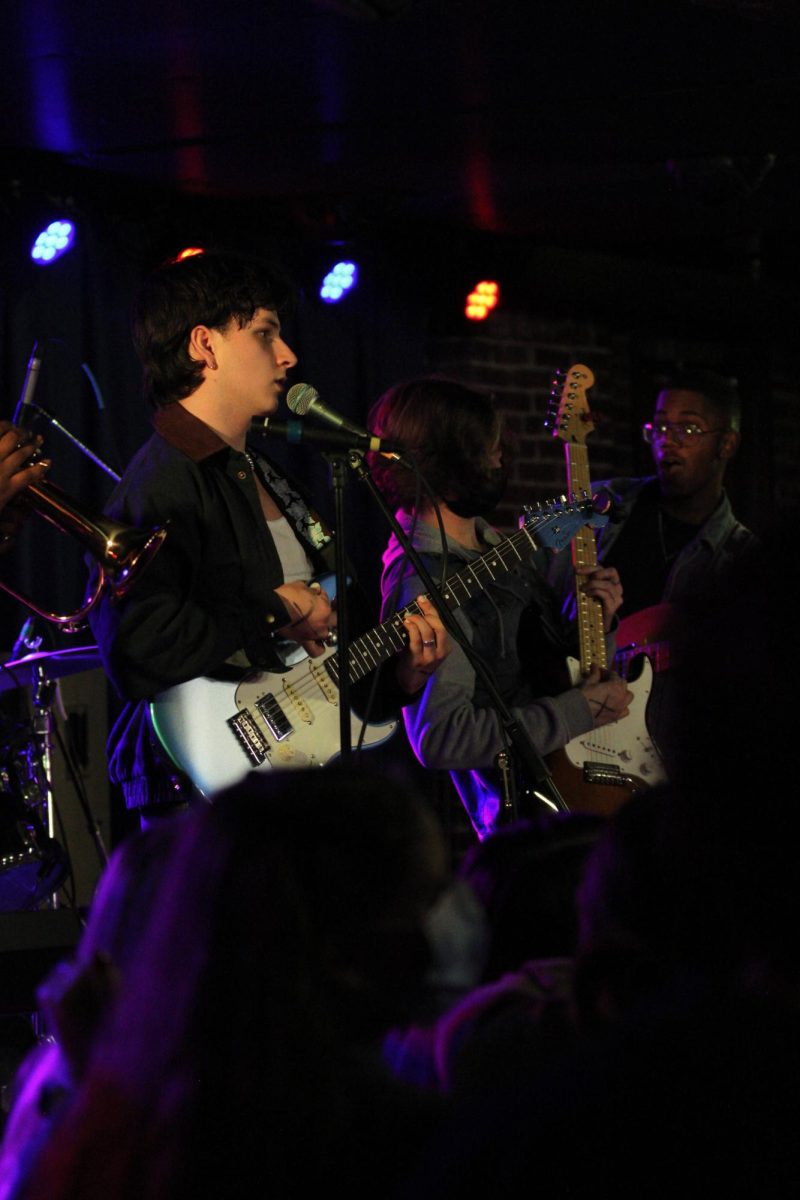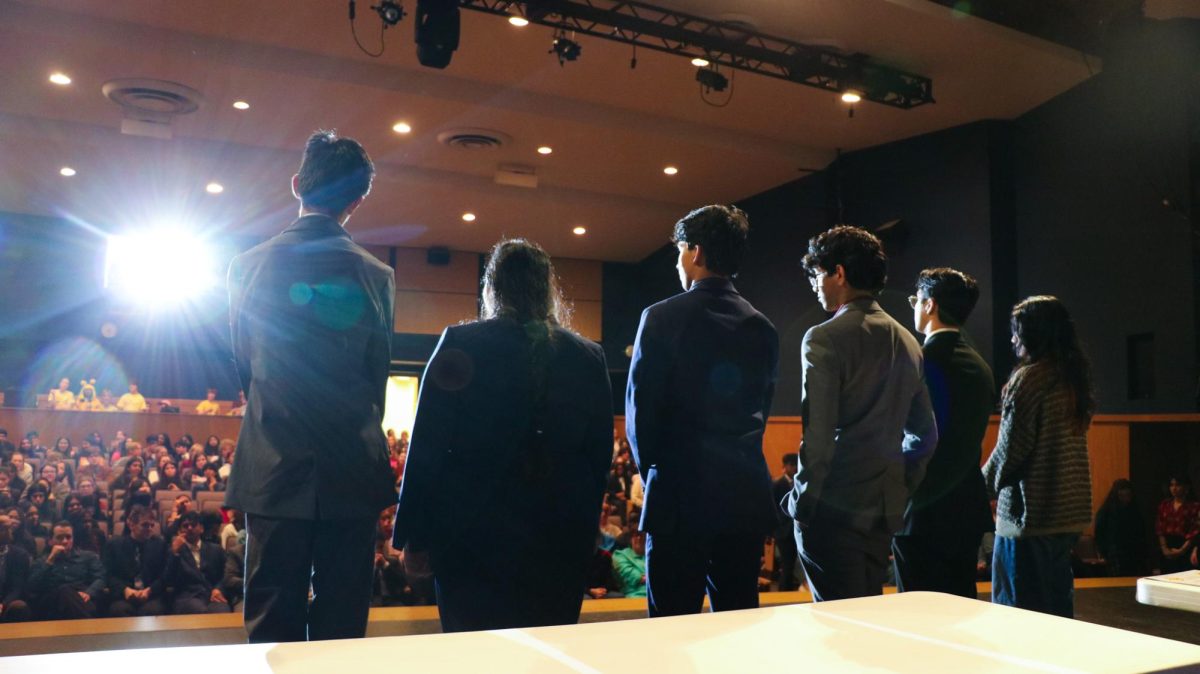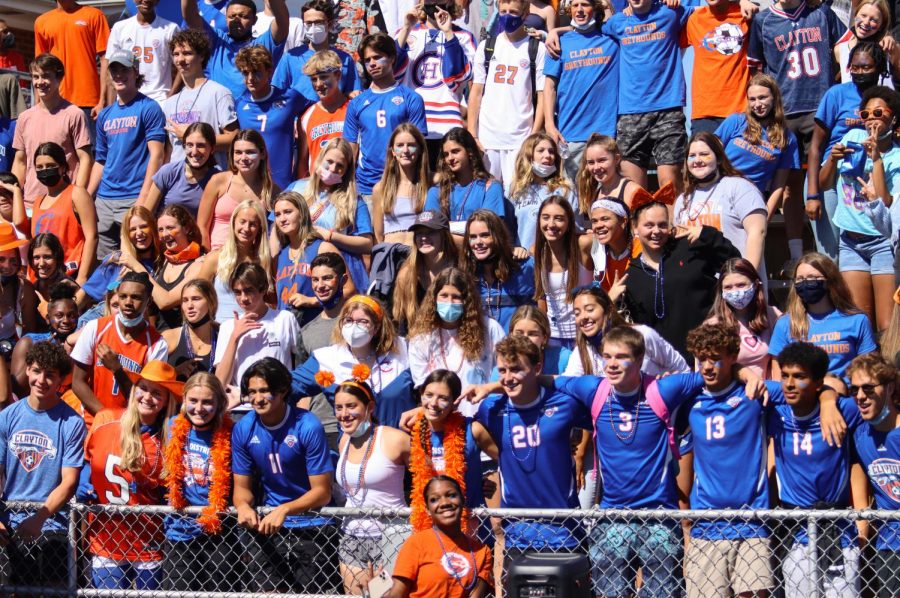“Hi, we’re doing an interview right now,” Erin Castellano, the journalism advisor at CHS, told a student as she popped her head through the door. “Oh,” the student gave an apologetic look and quickly explained her situation asking, “Are there photo assignments you can sign up for online?” Castellano nodded her head,”And I have to sign up for three for this month?” Castellano said, “Yep.” The student then smiled, returning to the buzz of the Globe office.
About every five weeks a new issue for The Globe is churned out. The 48-page magazine runs about $1850 to produce each issue; money, the school doesn’t provide. CHS journalism students do all the fundraising, planning, writing, editing, photography, design and layout.
“The process all really starts with the ideas – generating story ideas,” Castellano said. “If you don’t have good ideas then you won’t have good stories. We really try to put an emphasis on that when people are putting story ideas out there, that they’re thoughtful and well developed … something that could really turn into a good story – not too broad ideas; about specific people or events that you can really tell a story about.”
Globe members jump on their computers and access the google doc spreadsheet. Each member is required to put up three of these “well developed” ideas, then sign up for one. The story idea you chose doesn’t have to be your own, just something you’re interested in.
“People sign up for stories then work on drafts for those stories,” Castellano said. “We try to implement some degree of a mentoring process, a community where kids can, as they go through the program, share their work [with upperclassmen] and can get feedback.”
In some cases, some of the most important commentary stories, like the staff ed or the pro and con, are read aloud during staff-meetings.
“It demonstrates to the whole staff the thoughtfulness of when you work on a story and the different perspectives that can go into it,” said Castellano.
After the drafts are written, the Chief and Editor, Katherine Ren, assigns design pages to each editor.
“A lot of it is done on google docs,†Castellano explained. “All the story ideas, photo assignments, page assignments for laying out the page, advertising information, – it’s all done on google docs and it has been a really good tool for us. A lot of kids write their stories on google docs, share interviews on google docs – it’s really huge part of our organization.â€
Editors are normally assigned one to two pages to lay out, but sometimes it can be up to seven.
“When I’m editing, basically what happens is we are given stories,†Peter Baugh, a junior and also Sports Editor of the Globe said. “The editor and chief makes a page assignments document, that says what stories are on what page. I have to design the pages and I have to make sure there are no typos or spelling errors.â€
The overall design of the magazine is actually decided on over the summer.
“I take kids to Ball State University for a workshop where we really work on, ‘what’s the paper gonna look like the next year?’†Castellano said. “We try to get everyone on the same page so everything looks unified.â€
They also learn how to use the design program, Adobe InDesign, there.
“You learn InDesign and the teacher will show you how to use it,†Baugh said. “When you first start it’s like ‘How am I ever going to be able to do this?’ but the more you do it, the more it sort of builds on itself and you can really catch on. Using InDesign is still challenging at times, but it’s definitely a lot easier than when I first started.â€
InDesign allows kids to lay out and clearly edit the stories. The editors are responsible for reading their assigned stories and copy editing them. The section editors are suppose to be responsible to look at everything on their section,†Castellano said. “If something’s not going well then they need to jump in and help.â€
The editors decide individualally and as a group for what needs help in their sections. “We have editor’s meetings every Friday and regular globe meetings every Tuesday,†Baugh said. “Globe editors also have a ‘dinner’ every deadline week.â€
Deadline week is the week before The Globe is sent into the printer. Baugh described the chaotic week, “Deadline week, when we’re trying to get The Globe out,†Baugh paused with a sigh, “That’s when I’ll pretty much go to The Globe office. I’ll go straight after swimming practice or baseball practice or straight after school, if I don’t have a sport’s practice, and I’ll stay there till 8:30 or so and that’s not working on Globe the whole time, I’ll also work on other things.â€
Editing is the longest and most time consuming phase in The Globe cycle.
“I do try to spend as much time on Globe as I need to, I try to stay up with my other classes too,†Baugh said. “I wouldn’t say it’s hard to do that [staying up with my other class] but I would say, it’s hard to stay up with my other classes, Globe and sleep. So sleep’s kinda the thing that get’s lost in all this. Which is fine but it does get tiring after a while … There are sometimes where it’s exhausting – exasperating!â€
Once all the page design is done and the entire Globe staff, including reporter’s, have thoroughly checked over every story, the issue is made into a PDF.
“The PDF is actually what we send to the printer via email,†Castellano said. “Then the printer takes those PDFs and then they print it in ink. They print in what is called CMYK – that’s a color code for ink that’s cyan, magenta, yellow and black. It’s four layers of ink and that’s how the paper is printed, in four layers of color and they dry it, they cut it, then they bind it together.â€
The paper is then shipped back to CHS. The printing process normally takes two to four days from the day it’s emailed till the day it comes back.
It’s a long five week process from story idea’s to the paper. With extra time built in for spring and winter break.
“I like The Globe,†Baugh said, “So I write, I really enjoy writing the stories and doing the interviews, I talk to a lot of people which takes a while and I have to transcribe a lot of interviews and type them up.â€
The Globe is always in action, there’s always reporters reporting, photographers photographing and editors editing. However, without leaders on The Globe, the journalism studio would be chaos.
“Peter Baugh came in as a freshman and just knew he wanted to be an editor,†Castellano said, “He wanted to be a leader on the staff and would just ask to be on things. ‘Can I help you with that cover story?’ ‘Can I help you with that feature?’ He knew, that was what he wanted and that’s what he was gonna get.â€
All Globe members work hard doing their jobs to keep the strict printing schedule in action. Leaders, like Peter Baugh, help everyone on The Globe by looking over stories even before the final drafts are due and always offering a hand to help.
So as Peter Baugh’s interview was brought to an end he said, “It’s weird being interviewed…†With a laugh he was gone; busy with sports, school and of course Globe.





